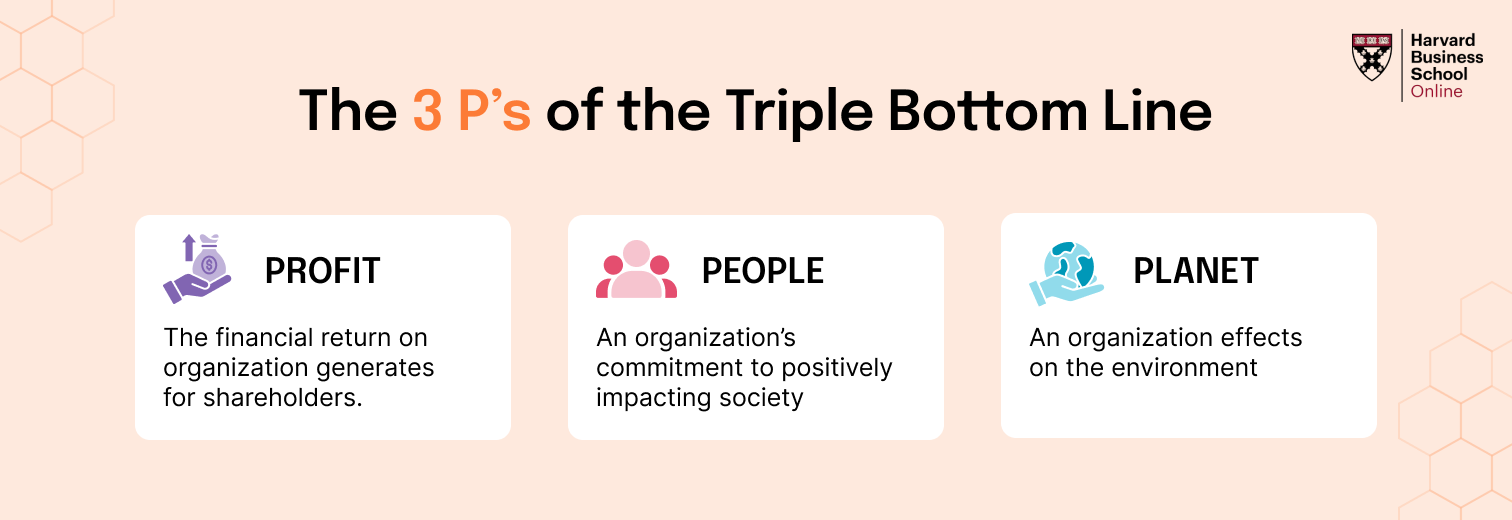In today’s fast-paced, performance-driven corporate world, it’s easy to focus on gaps, misses, and what needs to be fixed. But in our experience at FocusU, some of the most powerful shifts in team morale, motivation, and performance happen when we flip the script – and start from a place of what’s working well.
This is where positive reinforcement becomes more than just a feel-good tactic. It becomes a science-backed strategy for improving performance, building culture, and retaining talent.
The Science Behind Positive Reinforcement
Table of Contents
Positive reinforcement is rooted in behavioral psychology. It works on the principle that behaviors followed by positive consequences are more likely to be repeated. Think of it as strengthening good behavior by acknowledging and appreciating it.
In a workplace setting, this might look like:
- A manager publicly recognizing an employee’s effort
- A peer sharing appreciation on a team call
- A personal thank-you note after a job well done
And it goes beyond momentary motivation. Studies have shown that positive reinforcement:
- Increases employee engagement
- Boosts productivity
- Improves overall job satisfaction
In our experience, it also fosters psychological safety – the feeling that one can take risks, speak up, and be seen.
Related Reading:5 Ways to Foster Psychological Safety at your Workplace
Compliments and Performance: A Powerful Link
In a well-known study by Japanese researchers, participants were divided into three groups after learning a simple task. One group received direct compliments, another observed others being complimented, and the third evaluated themselves.
The result? The group that received direct praise performed significantly better the next day.
In our own workshops and experiential learning sessions, we often simulate tasks that rely on team collaboration and rapid execution. The difference in performance before and after introducing structured praise is visible – more energy, better communication, and greater willingness to take initiative.
As Professor Sadato, who led the study, noted: “To the brain, receiving a compliment is as much a social reward as receiving money.”
Why Focusing on Strengths Works
Traditionally, performance management tends to zero in on what’s broken. But when we constantly focus on shortcomings, we unknowingly create an environment of defensiveness, stress, and disengagement.
Instead, in our leadership and capability-building programs, we encourage managers to shift the lens:
- Spot what’s working
- Name the strength being used
- Encourage its continued application
This isn’t about ignoring improvement areas; it’s about creating a foundation of trust and motivation before tackling growth opportunities.
One model we often reference is Appreciative Inquiry, developed by David Cooperrider. It’s based on a simple but radical premise: When we focus on strengths and build on them, people flourish.
Related Reading: How Leaders can Foster Psychological Safety at Work
Positive Reinforcement in Real-World Teams
We recently worked with a client in the manufacturing sector where the middle management layer struggled with morale and communication. Rather than starting with a diagnostic on what wasn’t working, we designed a workshop where leaders shared examples of peak performance from their teams – and what they appreciated about them.
That single intervention opened doors to:
- Greater trust within teams
- Increased peer recognition
- Improved performance outcomes in subsequent quarters
We’ve seen similar outcomes across industries. The shift doesn’t need to be dramatic. Even a regular rhythm of team appreciations can transform the culture.
Related Reading: How Positive Work Culture Help Employees Struggling With Mental Health
Job Crafting: Helping Employees Own Their Work
Beyond praise and appreciation, one of the most sustainable ways to foster performance is to let people shape how they engage with their work. This is where job crafting comes in.
Job crafting gives employees the autonomy to redesign their roles by:
- Taking on new tasks aligned with their strengths
- Reframing the purpose of their work
- Changing how they relate to coworkers or customers
A powerful example we often share is of a hospital cleaner who sees their role not just as tidying spaces, but as contributing to patient recovery through hygiene.
We’ve noticed that teams allowed to co-own their roles tend to show higher motivation and lower burnout.
Implications for L&D and HR Professionals
From a learning and development perspective, positive reinforcement isn’t just about recognition programs. It’s about embedding a strengths-first mindset into every touchpoint:
- During onboarding: Highlight strengths noticed in early interactions.
- In training sessions: Celebrate participation, effort, and reflection.
- In performance reviews: Start with what the person is doing well.
- In 1:1s: Ask, “What energizes you most at work?”
The question is not “Are we reinforcing performance?” – it’s “Are we reinforcing what we want more of?”
Manager as Reinforcer: The Role of Leadership
The role of managers in driving positive reinforcement cannot be overstated. In our leadership development journeys, we coach managers to:
- Observe and call out small wins
- Give specific feedback that ties effort to outcomes
- Use recognition as a daily habit, not a quarterly ritual
In one program, a manager who committed to “3 appreciations a day” noticed a steep rise in team morale within weeks. Engagement surveys reflected the change. So did team energy.
A Final Reflection: Small Acts, Big Impact
In the rush of quarterly targets and strategic shifts, it’s easy to forget that people drive performance. And people thrive when they feel valued.
Positive reinforcement isn’t about grand gestures. It’s about showing your team that you see their effort. That their work matters.
Because sometimes, the smallest things we do — a word of encouragement, a pat on the back, a moment of recognition — create the biggest ripple effects.
In our experience, when organizations commit to reinforcing the positive, they don’t just boost performance. They build cultures that are resilient, empowered, and ready to #BeMore.










